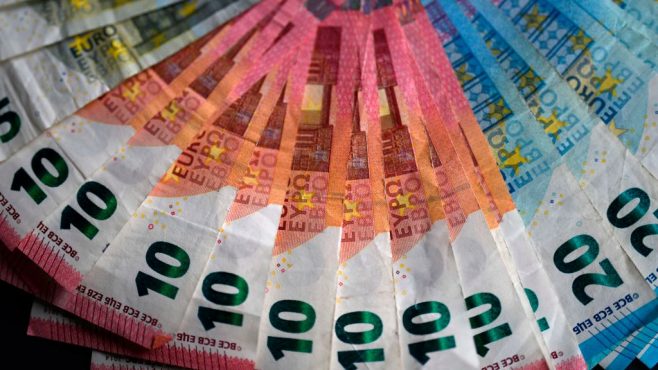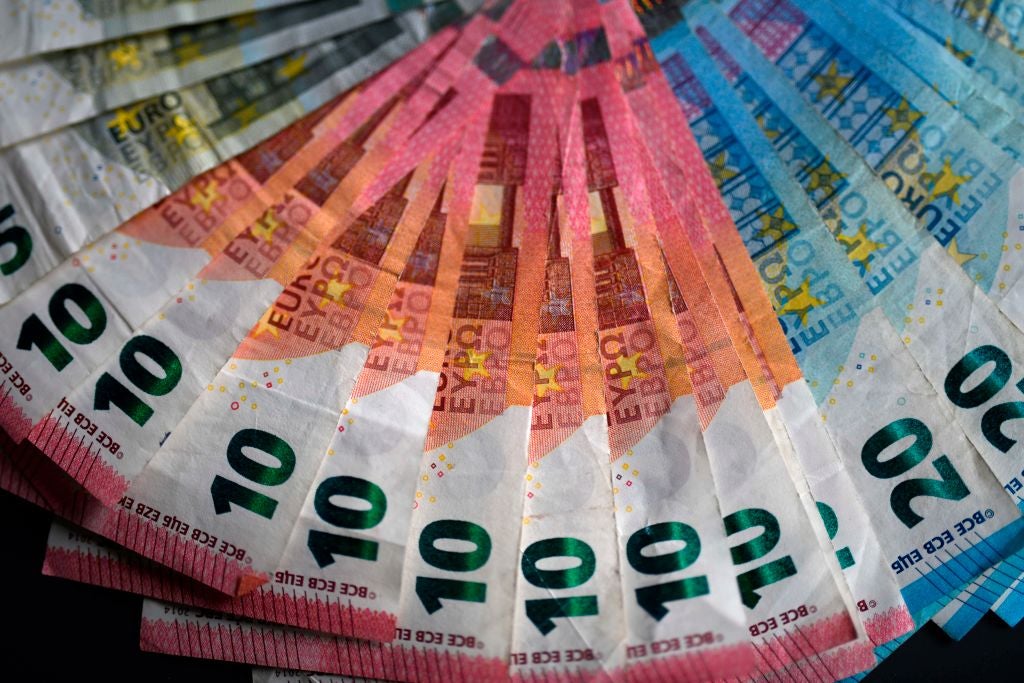You would not buy a home if your bank offered you a 10% interest rate. So why would EU member states sign up to the European Commission’s 2030 climate and energy legislation if investment costs are calculated with that 10% rate?

This modelling issue has been around for a long time. Back in 2011, then-Commissioner Connie Hedegaard and her brand new climate department wanted to increase the EU’s 2020 greenhouse gas emissions reduction target, but ran into opposition from Poland and others.
One problem was that too many people still saw climate action as a luxury, to be indulged in only if it did not damage competitiveness. The other, bigger issue was cost.
“We tried to get the target through on moral grounds, but it cost fantasillions,” one Commission adviser said years later. The Commission’s modelling teams forgot, as the authors of bestselling book Freakonomics put it, that economics “simply doesn’t traffic in morality”.
Outdated assumptions
The teams were modelling the investment needs of future climate and energy policies with outdated cost-of-capital assumptions. The most outrageous assumption was the interest rate (or discount rate in Commission parlance) of 17.5% for building renovations.
It later turned out this was higher than the cost of capital oil companies were using for their operations in Middle East war zones. In a memorable European Council showdown in 2014, then-UK Prime Minister David Cameron used the resulting high costs to block more ambitious energy efficiency and renewable energy goals.

US Tariffs are shifting - will you react or anticipate?
Don’t let policy changes catch you off guard. Stay proactive with real-time data and expert analysis.
By GlobalDataClimate politics have changed a lot – for the better – since then. There is the Paris Agreement, the EU’s commitment to go net zero by 2050 and a consensus to cut the EU’s greenhouse gas emissions by at least 55% by 2030. However, the interest rate issue is as serious now as it was then.
Today, the Commission uses a flat 10% rate to calculate the investment costs of all its climate and energy policies.
This rate is worlds apart from the interest rates the Commission is paying on bonds to finance the €750bn Next Generation EU recovery fund. In one recent bond issuance the Commission secured a negative rate for seven-year bonds and a 0.134% rate for 30-year bonds.
That is 74 times cheaper than the 10% rate. It means public financing for climate action can effectively be free. And that is without factoring in the environmental and economic costs of not taking action on climate change (which really would cost fantasillions).
There is no shame in admitting the numbers need to change.
Real-world interest rates
True, not all capital is so cheap. It depends on who is borrowing – governments, corporates, SMEs or households – and what the money is used for, but analysis back in 2018 already showed the Commission was an outlier in its modelling methodology. New research by Cambridge Econometrics, a leading economics consultancy, makes the same point.
Moreover, real-world capital costs are now much lower and set to stay that way. In addition, the policies the Commission will put in place to deliver the EU’s climate and energy goals will make green investments easier and more attractive. Think of local energy agencies to help people renovate their homes or feed-in tariffs for renewables.
There is no shame in admitting the numbers need to change. The Commission already reduced the interest rate five years ago. It is time to do so again, in phase with changing market conditions.
It is important to remember all that is at stake with climate action. Consciously overpricing the costs of climate and energy policies in modelling would be an own goal of epic proportions.
The views expressed are those of the author and do not necessarily reflect the position of Energy Monitor.




